The flight into La Paz, Bolivia was an incredibly scenic one. Our commercial airliner was soaring through snow-capped Andean peaks. Though it wasn’t by any means that the pilot was flying low, rather that these mountains stood at dizzying heights. And the same can be said about the city of La Paz.
Few cities in the world boast as spectacular a setting as La Paz, and your first glimpse of the city will quite literally take your breath away. Set in an outrageously steep valley at around 3,660m high (12,000 feet), the city’s buildings cling to the sides of the canyon and spill spectacularly downwards quite haphazardly. Everything from Medieval-looking buildings, clusters of church spires, ramshackle homes and office blocks ascend the slopes of La Paz, dwarfed by the imposing snowy peak of Mount Illimani looming at 6,402m (21,000 feet) in the background. How to acclimatize quickly.
Compelled to experience the city’s unique cultural energy and street life, we set out on mission to explore on our first day. Though it only took 10 minutes of a leisurely stroll before we turned away. While relatively fit and quite used to hiking and climbing throughout many climates and conditions, a casual city stroll had left our lungs gasping for oxygen we couldn’t have.
We found ourselves dizzy and exhausted, and we were unable to wander the frenetic markets, museums, crafts stalls and winding alleys of this sky high city at anything faster than a snail’s pace.
- Set in an outrageously steep valley at around 3,660m high (12,000 feet), the city’s buildings cling to the sides of the canyon and spill spectacularly downwards quite haphazardly.
- Everything from Medieval-looking buildings, clusters of church spires, ramshackle homes and office blocks ascend the slopes of La Paz.
- La Paz is dwarfed by the imposing snowy peak of Mount Illimani looming at 6,402m (21,000 feet) in the background.
If there is one thing we learnt from our time in La Paz, it was that any destination at this altitude is to be savored over time, as it’s important to properly to acclimatize. When you’re traveling this high, your lungs need time to adjust to reduced oxygen and breathing thinner air. Otherwise altitude sickness kicks in. How to avoid altitude sickness.
Travelers to the Himalayas, Tibet, Nepal, the Andes, Mount Kilimanjaro and Mount Kenya, the Rocky Mountains, or those taking on famous treks like Everst Base Camp and the Inca Trail should be aware of this. Other high altitude destinations also include Cochabamba in Bolivia, Bogota in Colombia, Quito in Ecuador, and Cuzco in Peru. Which countries have high altitude?
What is Altitude Sickness?
As you travel to high altitudes, the amount of oxygen in the air you are breathing declines. Altitude sickness is our body’s response to the low air pressure and reduced oxygen; less oxygen reaches the muscles and the brain, and the heart and lungs must work harder to compensate. This is a potentially serious disease, though is preventable with proper acclimatization.
Typically, altitude sickness occurs at altitudes over 2,500 metres (8,000 ft), though most people can ascend to 2,500 metres with little or no effect. At over 3,000 metres (10,000 feet) 75% of people will develop mild symptoms.
Symptoms start 12 to 24 hours after arrival and begin to decrease in severity around the third day. You may develop a headache, lassitude, insomnia, loss of appetite, nausea and vomiting. These symptoms are collectively referred to as acute mountain sickness (AMS) and perfectly imitate the feeling of a bad hangover. What does altitude sickness feel like?
Serious symptoms do not usually occur until over 3,600 meters (12,000 ft), an altitude which is considered extremely high. In rare cases, fluid can build up either on the lungs, brain or both which could cause a bubbling sound in the chest, worsening breathlessness, coughing up pink, frothy liquid, clumsiness and difficulty walking and/or confusion leading to loss of consciousness.
These are advanced forms of AMS referred to as High Altitude Cerebral Oedema (HACE) and High Altitude Pulmonary Edema (HAPE) and should be treated as a medical emergency. In this case the best form of treatment is to immediately descend to a lower altitude and seek medical help.
If you know that you are going to be traveling to high altitudes, follow a few simple steps to prevent altitude sickness.
How to Prevent Altitude Sickness
The best way to avoid getting sick is to ascend gradually, but if you have to ascend quickly, medicines are available to prevent altitude sickness.
Anyone can suffer from altitude sickness – it does not discriminate between age, gender, level of fitness or training. For instance AMS is actually more likely to affect fit young men who attempt a rapid ascent by racing up the mountain like some indestructible super hero! Even at the most extreme heights, it’s not necessarily the height that is important, rather the speed in which you ascended to that altitude. Will I get sick from altitude?
For this reason, travelers who drive, ride or fly to high altitude sites in the Andes and the Himalayas are more at risk than those who walk in.
- If you know that you are going to be traveling to high altitudes, follow a few simple steps to prevent altitude sickness.
- If you know that you are going to be traveling to high altitudes, follow a few simple steps to prevent altitude sickness.
Acclimatization
The main cause of altitude sickness is going too high too quickly. Given enough time, your body will adapt to the decrease in oxygen at a specific altitude. This is known as acclimatization. How to acclimatize to high altitudes?
The only way to avoid or cure for altitude sickness is either acclimatization or descent. Ascending slowly will give your body time to learn to cope with decreased oxygen. It usually takes a few days for the body to get used to this change, so those who fly into high altitude must be prepared to spend time acclimatizing on arrival.
- Flying over the Bolivian Amazon. The view from the plane.
- Disembarking regional Amazonas flight within Bolivia.
- View from the plane on landing in La Paz, Bolivia.
Don’t exercise, don’t smoke, and plan for plenty of rest until you feel better. High carbohydrate diets often work well for alleviating acute altitude sickness symptoms as well as improving mood and performance, so be sure to eat appropriately. Will I get altitude sickness in Peru?
Also, drink plenty of fluids, though avoid alcohol or caffeinated products such as energy drinks or sodas as these can dehydrate your muscles. The body’s water losses increase during an active day in the dry cold air at high altitude, therefore, keeping hydrated is important (you may need as much as 4-7 litres per day). How long does it take to acclimatize?
It’s a good idea to tell people you’re travelling with how you feel, even if your symptoms are mild. This will help them be more aware of signs of severe sickness, such as irrational behaviour, if you develop them. If altitude sickness becomes worse, you must immediately descend to a lower altitude.
It is highly advisable not go over 9,000 feet in altitude in 1 day. Instead, spend a few days at 8,000–9,000 feet before proceeding to a higher altitude to give your body time to adjust to the low oxygen levels. Do not sleep 1,000 to 2,000 feet above the altitude you slept at the previous night. You should always spend an extra day acclimating for every 3,300 ft.
Pro Tip: As an alternative, consider taking a day trip to a higher altitude. It’s less risky to take a day trip to a higher altitude and then return to a lower altitude to sleep.
- The highest navigable lake in the world. Lake Titicaca, Bolivia.
- Canoeing the highest navigable lake in the world. Lake Titicaca, Bolivia.
It is important to listen to your body when traveling to high-altitude locations, since altitude sickness can be serious. If you suspect that you are experiencing altitude sickness, don’t go any higher until your symptoms improve and move to lower ground if your symptoms get worse.
Related: Our Lake Titicaca Kayak Adventure
Medications
It is important to note that there is no substitute for proper acclimatization. Medicines are available to shorten the time it takes to get used to high altitude, however, people with altitude sickness should not continue to ascend until they have gotten used to the altitude. Altitude sickness medicines.
Critically, a person whose symptoms are getting worse while resting at the same altitude must descend or risk serious illness or death. Drugs to prevent AMS often only hide the warning symptoms as opposed to curing the problem, so in general it is much safer to rely on good planning and gradual ascent rather than medication. Which medicine is best for altitude sickness?
That being said many high-altitude destinations are remote and lack access to medical care, so preventing altitude illness is better than getting sick and needing emergency treatment. Available medications include the following:
Other Considerations
High altitudes put you at higher risk of exposure to the sun, of hypothermia, thrombophebitis (dangerous blood clots in leg veins) and retinopathy (eye damage).
Take full precautions to prevent sunburn and sunstroke, in particular, make sure you have appropriate eye protection – specialist sunglasses, snow goggles or equivalent. Snowblindness can occur even if it’s hazy.
If traveling to a high altitude destination it is absolutely essential to have taken out comprehensive travel medical insurance. Insurance which covers helicopter evacuation may save you a $100,000 bill. It’s also important to get tested for COVID-19 before you travel, as many destinations now require proof of a negative COVID test before you are allowed entry. Boca Raton at home COVID testing is the simplest way to get the documentation you need so you can focus on preparing for your trip.
Pro Tip: We go through Tim Jennings at Individual Health for insurance with #GeoBlue – they have a network of elite doctors in over 180 countries and a hugely helpful mobile app for quick and easy access to quality care for anything from emergency needs, to filling a simple prescription, to translating your symptoms, to finding the right doctor at home or abroad.
Contact Tim Jennings at sales@individualhealth.com or click for a free quote.
Summary of Advice
As well as acclimatising properly and taking prescription medication, you should also follow the advice outlined below.
- Travel with a comprehensive first aid kit.
- Travel with comprehensive travel insurance which covers emergency medical evacuation.
- If you start to develop mild symptoms of altitude sickness, stay at your current altitude until your symptoms improve.
- If your symptoms get worse, immediately descend from your current altitude.
- Make sure everyone you’re travelling with has fully acclimatised before going any higher. Let someone know that you are beginning to feel unwell.
- Death Road, Bolivia. The most dangerous road in the world.
- Looking down over Machu Picchu Peru.
- Gradual ascent is the most important preventive measure. If possible chose a trip with time for gradual acclimatisation built in. Ideally avoid flying directly to areas of high altitude. Consider using medication to aid acclimatisation if gradual ascent is not possible.
- Get lots of rest. When ascending above 3,000m, try to have a rest day every three days. Gentle exercise only for the first 24 hrs.
- Keep well hydrated by drinking plenty of fluids and maintain a high-calorie diet while at altitude.
- Don’t smoke, drink alcohol or use medication such as tranquillisers and sleeping pills while you’re at altitude, as they could make any symptoms of altitude sickness worse. Speak to your GP if you’re unsure.
SPREAD THE WORD! PIN THIS TO YOUR TRAVEL PINTEREST BOARDS ↓
- If you know that you are going to be traveling to high altitudes, follow a few simple steps to prevent altitude sickness.
- If you know that you are going to be traveling to high altitudes, follow a few simple steps to prevent altitude sickness.
If You Liked This Post You May Also Like:
Brought to you by IndividualHealth.com



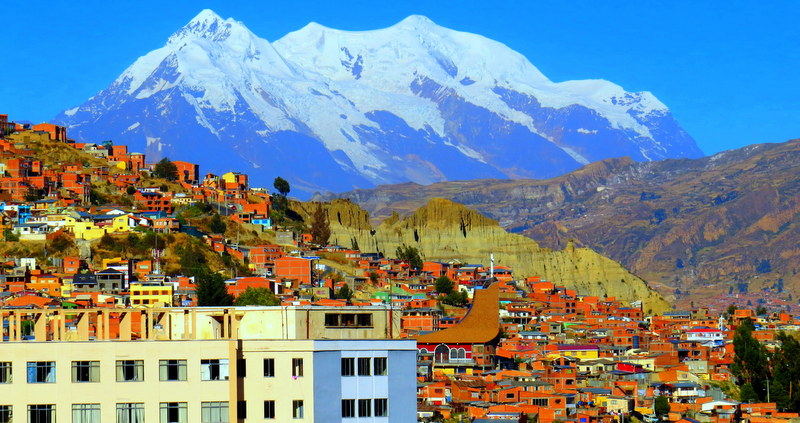


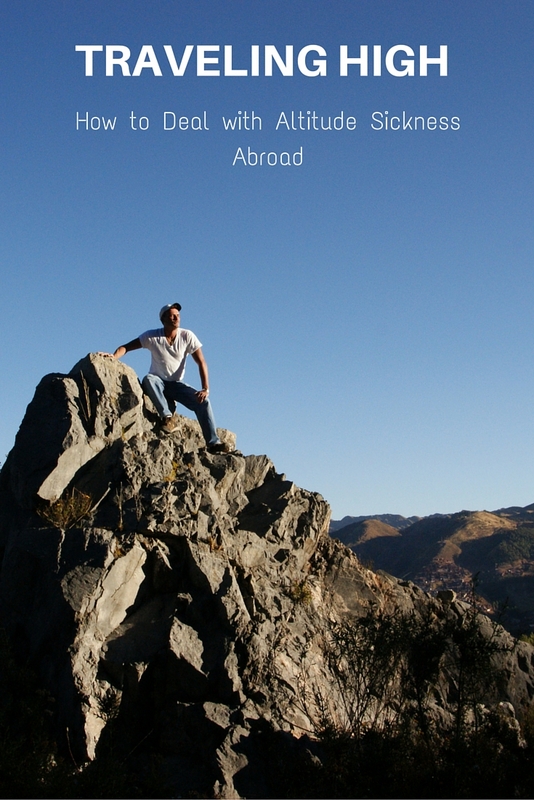
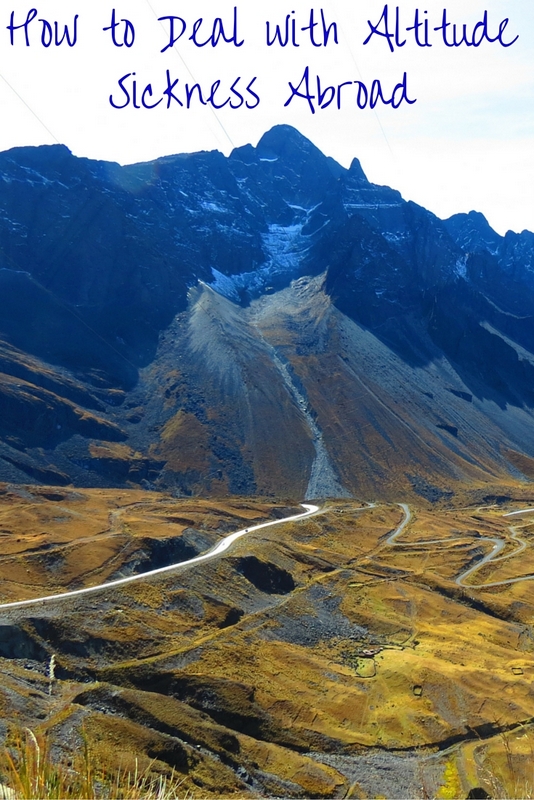
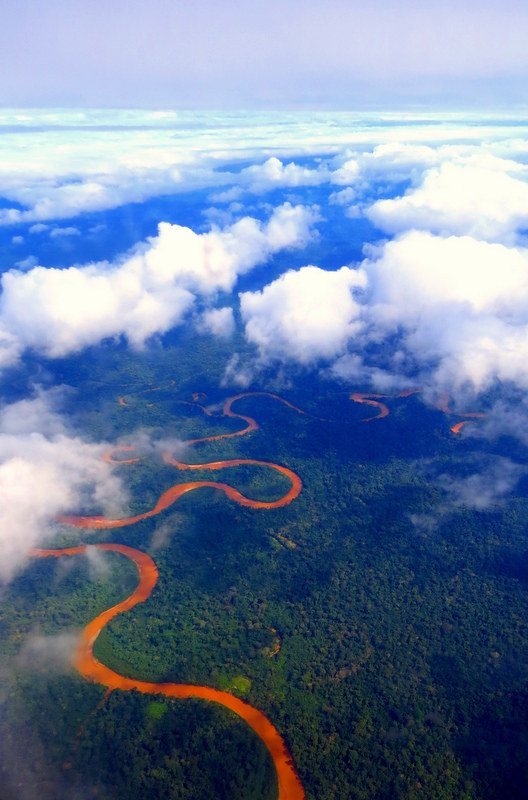

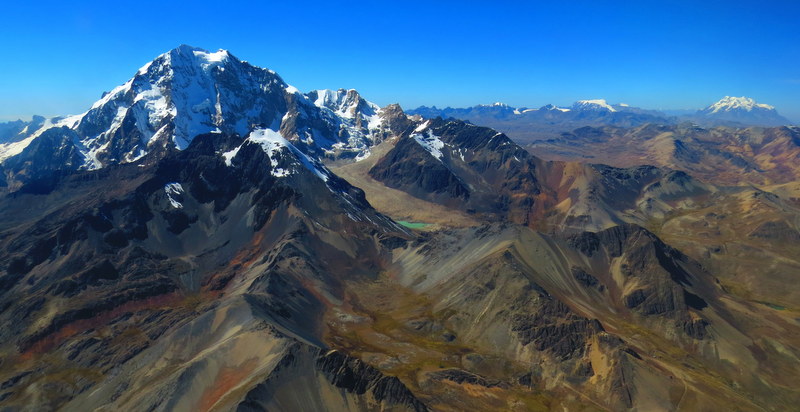
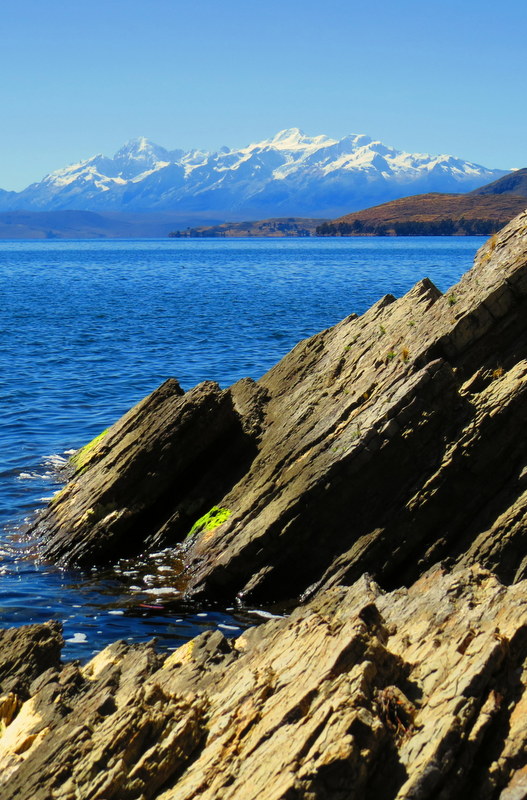
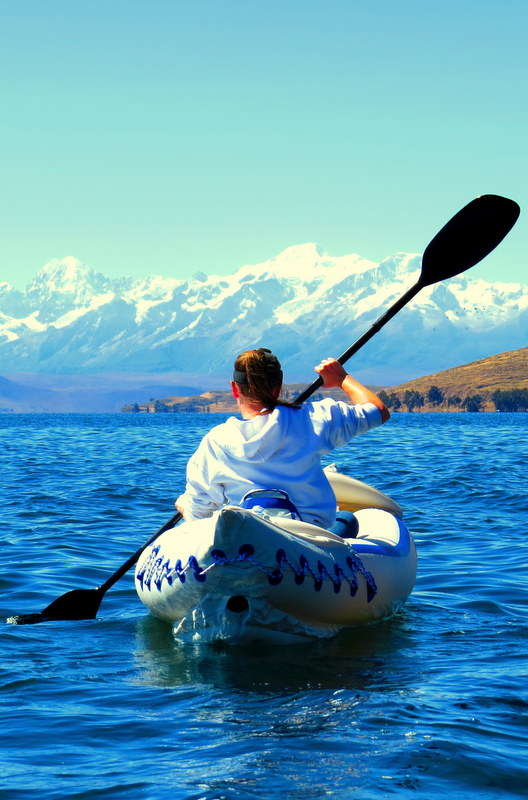
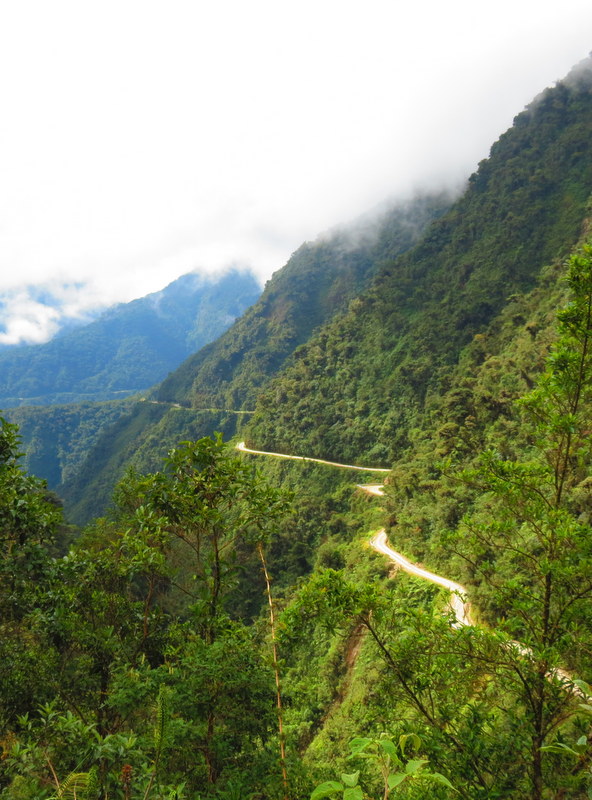
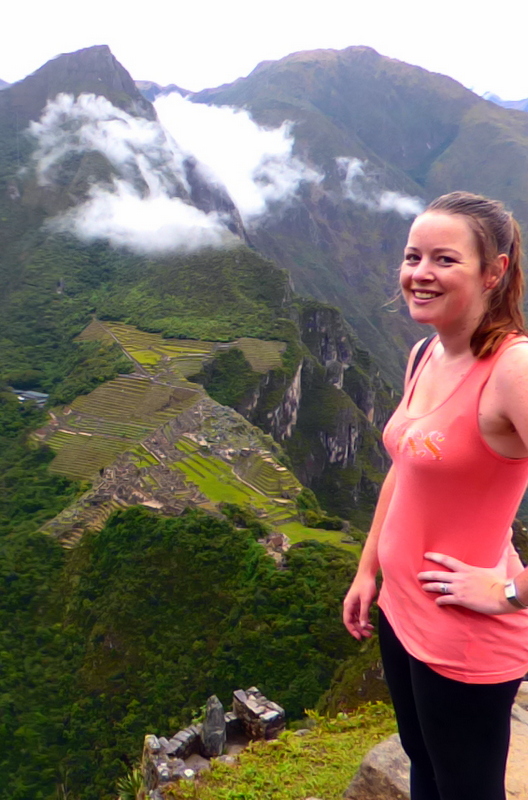







22 Comments
Alternatively, you van use the time-honoured method of chewing on coca leaves or drink coca tea. Lovals in Perú, Nolivia and Northern Argentina have been doing it for centuries. It’s legal and you don”t get addicted to cocaine.
Altitute sickness is.known as soroche in these parts.
Thanks for sharing this. As I suffered from altitude sickness when I was in Quito, I am a bit afraid of traveling to Peru even though I really want to go there. To make it better I drank coca leaves tea and took paracetamols. It was a bit better but I still spent a whole day in bed. I don’t know if I had adapted myself as I had a flight to Mexico before I could acclimatize myself.That’s why I’m afraid of Peru, but I’ll guess I just have to give it some time and cross my fingers it won’t be too bad.
I was surprised when we went to 3,800metres at Zermatt, that except for a little bit of a dizzy feeling for a couple of minutes, I was fine. I fully expected, that I might have felt dodgy, but guess I was lucky. There were signs everywhere about taking it easy. I did drink loads of water beforehand, so maybe that helped or I am just lucky. I did see other people not so well off.
I like how you compare the symptoms to a bad hangover. That is exactly how I imagine altitude sickness would be! Great tips you got here, Megan!
Great tips! I was surprised that, when I was in Italy for the first time I stayed in a village at an altitude of about 1500m asl, for the first few days I felt really horrible.. It’s really something that I think many people don’t think about.
My sister has this problem, share it with her, thanks! :)
This is all a bit scary, the frothy pink thing and that… I’ve never been to high altitude destinations, but I’ve heard of a few fellow cyclists who had this trouble along the Pamir Highway… I can imagine that cycling in high altitude doubles the trouble… I’ll make sure to refer to this! :)
Thanks for the tips Meg. I was eyeing to go to Kota Kinabalu and I was worried for the same thing, altitude sickness. I was training for it but apparently it’s not dependent on that. I hope I make it and I hope I don’t get it but incase it happens, good to know ways on how to deal with it.
I really found this so interesting – I had no idea how quickly one could be affected if not acclimatised properly. It sounds an amazing place to visit, but obviously cautions have to be taken. I’d love to go one day!
I just left the Andes of Peru where I was living/hiking for 3 months and have to say this info is much needed! During the time I was there, I heard of lots of people getting altitude sickness and one guy even died while trekking because of it. Of course this is an extreme case but people need to realize that the risks and understand how to properly acclimate themselves. Great tip on doing shorter day trips, this will help your body adjust gradually.
Thanks for such an in-depth post. My husband had some altitude sickness in Zermatt, while I did not. You never know if you’ll get sick so it’s important to acclimate and be mindful of what you’re feeling.
I wonder how high you’d have to be before altitude sickness kicks in. Looking at your beautiful pictures you look pretty high but I’ve only ever heard of altitude sickness when clinging mountains like Everest.
What amazing scenery! OMG! It must have been a thrill to hike some of those mountains. I suffer from migraines and stay away from high altitudes but I’m giving a visit a second thought!
Really fantastic advice. I just did the Inca trail and I know I could never have done it if I hadn’t spent a week at higher altitudes preparing for it. The first day I could barely climb a flight of stairs.
Great post we have never been at an altitude that high. The highest we got was in Otavalo, Ecuador I think it was around 8500 feet, I found even at the altitude we had less energy and tired out quicker, and of course we rented an apartment at the top of a 4 story walk up!
We had plans to go to Bolivia and still will make it there maybe next year, I will keep your tips in mind.
This article is very informative, thank you for sharing it with us! I’ve never been to extreme altitudes, but I’ll keep your advice in mind if I ever travel in the regions you mentioned.
Great tips on dealing with the effects of altitude sickness! I’m planning a trip to Cuzco among others and this has definitely been a lingering concern. Will put this information to good use when I get there :)
Love this informative post introduced through La Paz. What a gorgeous city! Very interesting that it’s located at such a high altitude. I’ve never experienced altitude sickness, but it sounds like it’s not to be taken lightly. Thanks for the great information!
Very helpful post! I got my first altitude sickness upon arriving in jackson Hole, Wyoming, but it was over in about 24 hours; luckily. Bolivia looks so gorgeous and I hope to make it there in 2016. Thanks for the great advice!
Great tips for dealing with altitude sickness. I’ve never had it, thankfully, but I have noticed being out of breath at higher altitudes–it can be such a frustrating thing to deal with! Thanks for sharing these tips!
I remember an infamous trip to Atacama straight from a super jet lagged trip and feeling like I was floating the entire trip. I wish I had done a few of the things above because I have no memories of that trip, as if it was al just a dream
It looks like there can be very severe and painful AMS symptoms, so acclimatizing properly is clearly very important to high altitude travel. Good tip about not sleeping 1,000-2,000 ft above where you slept the previous night.